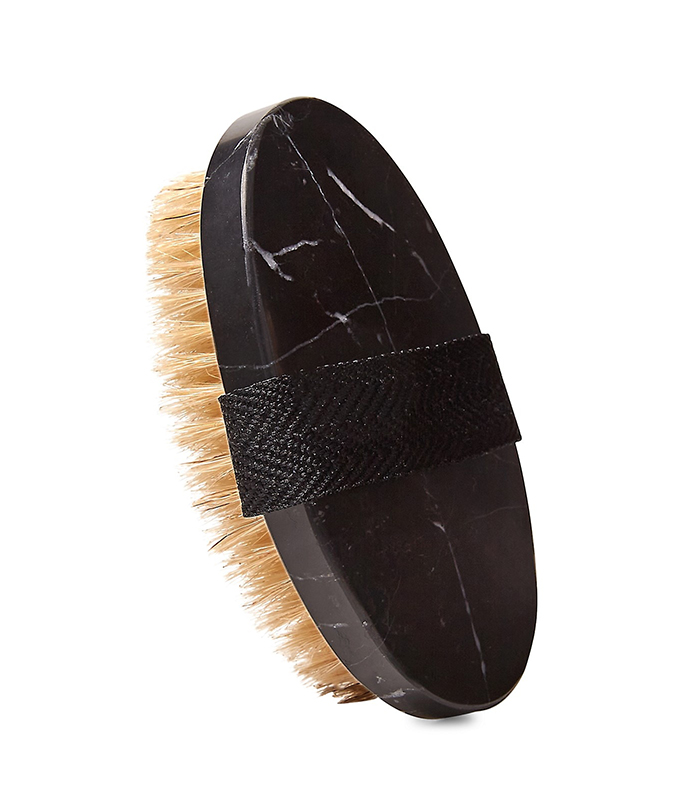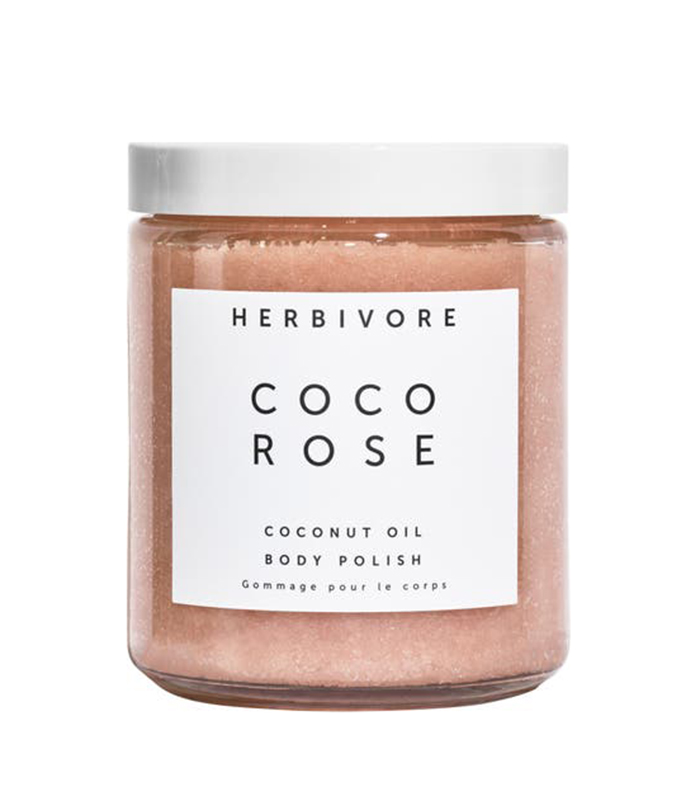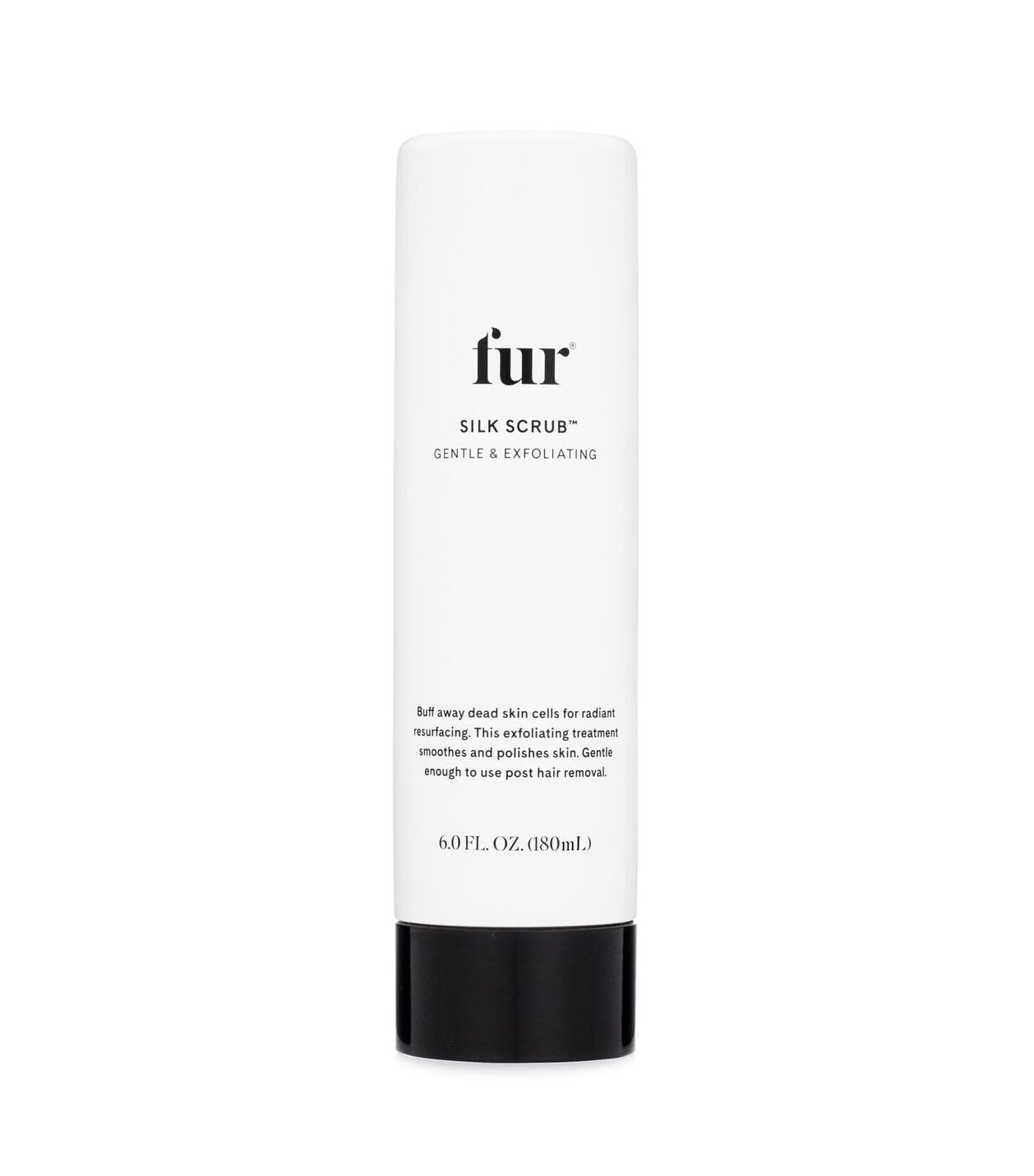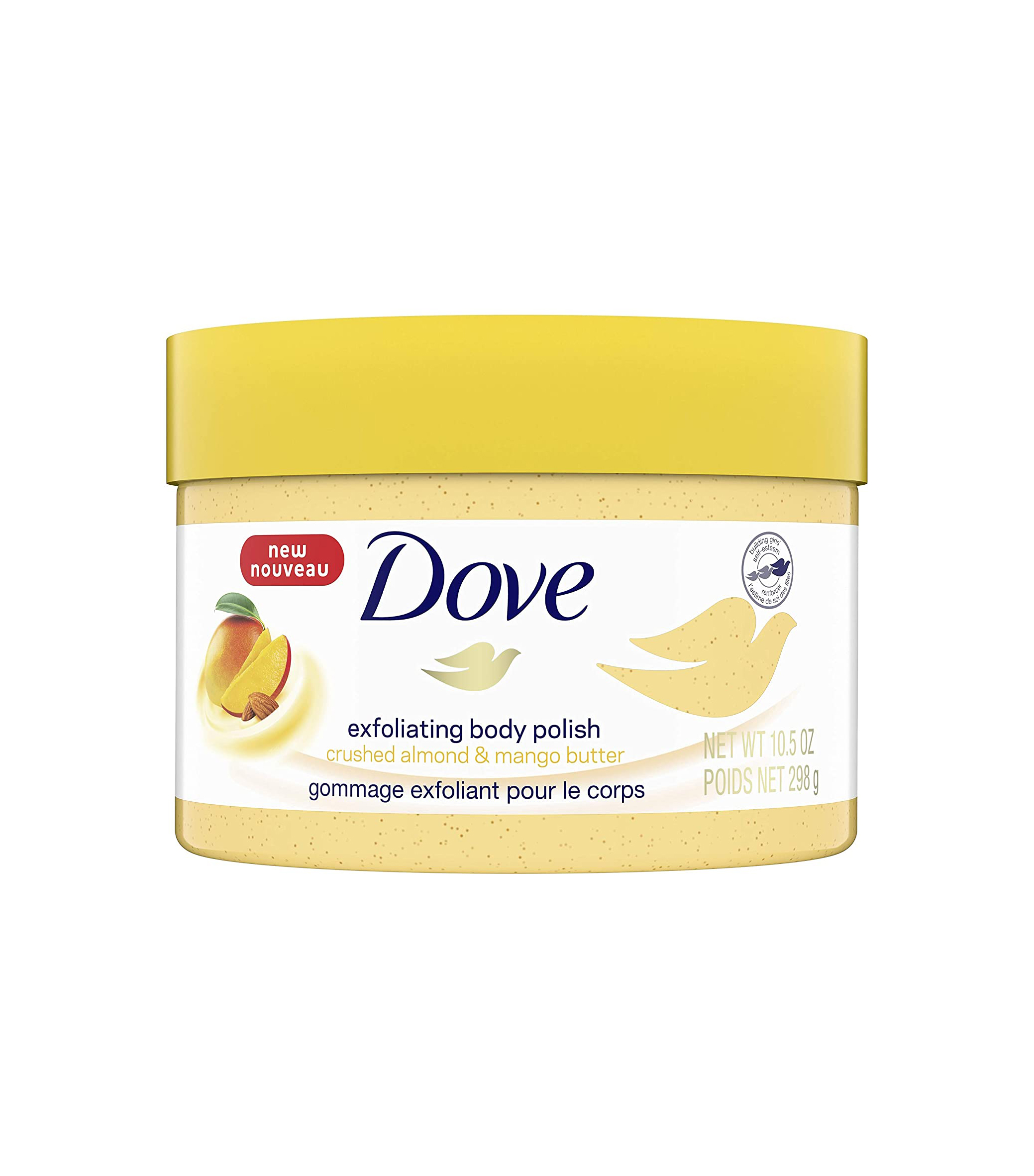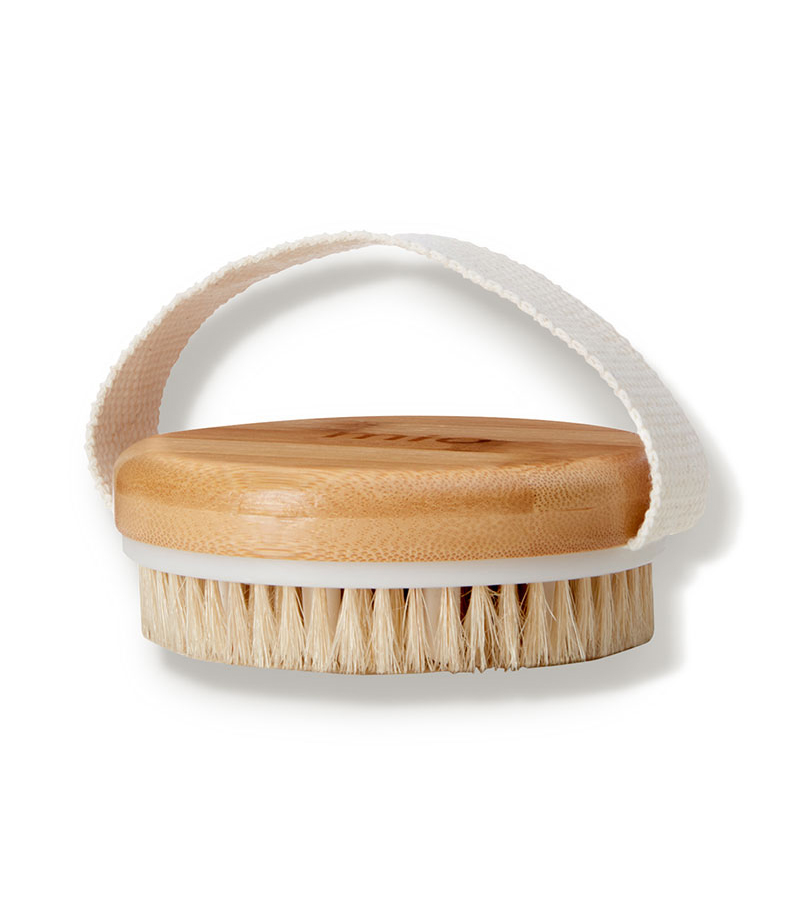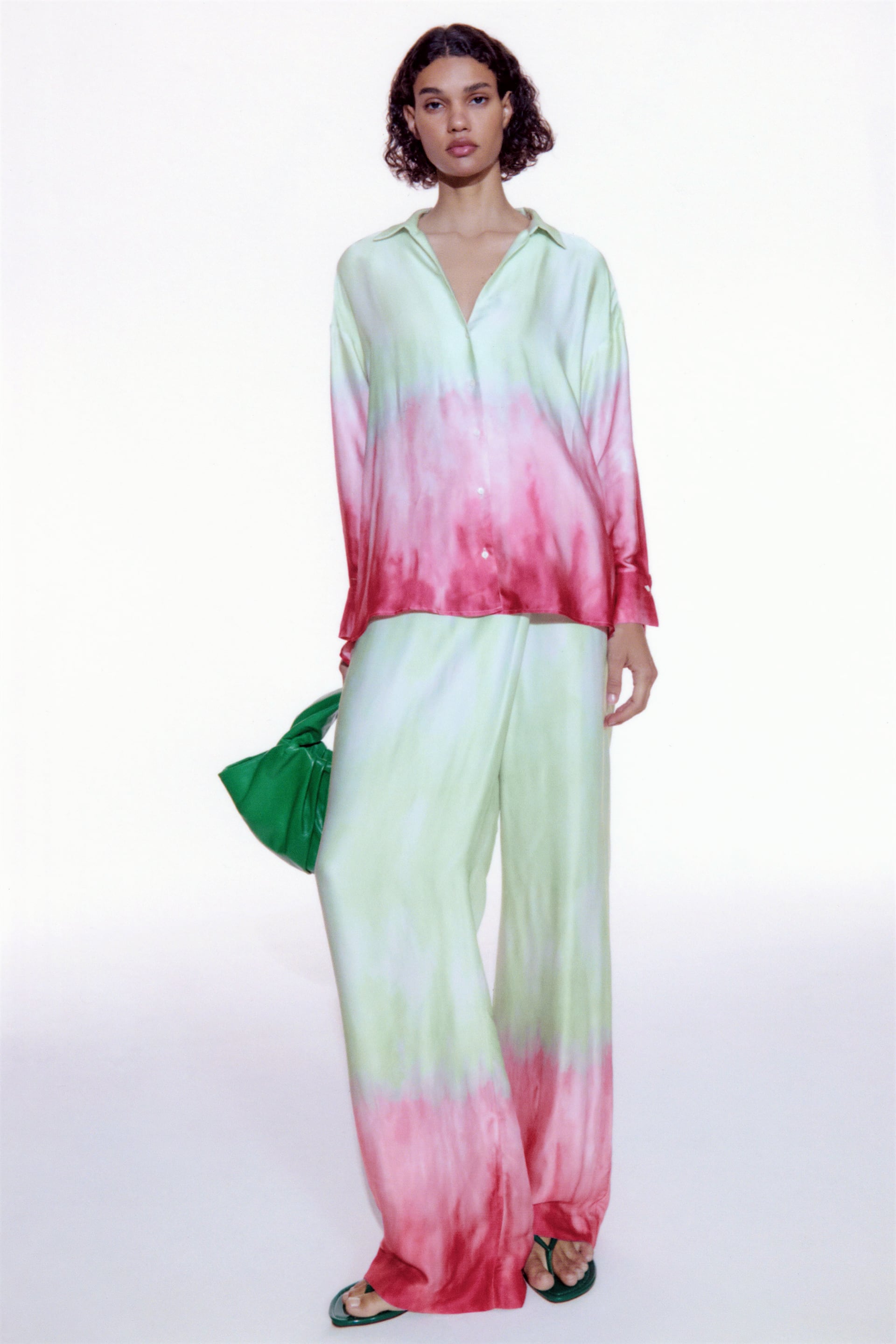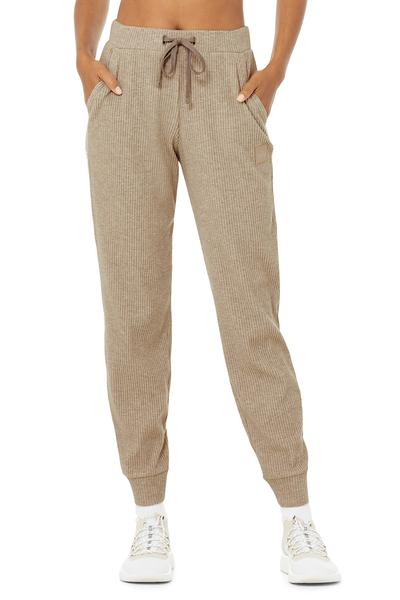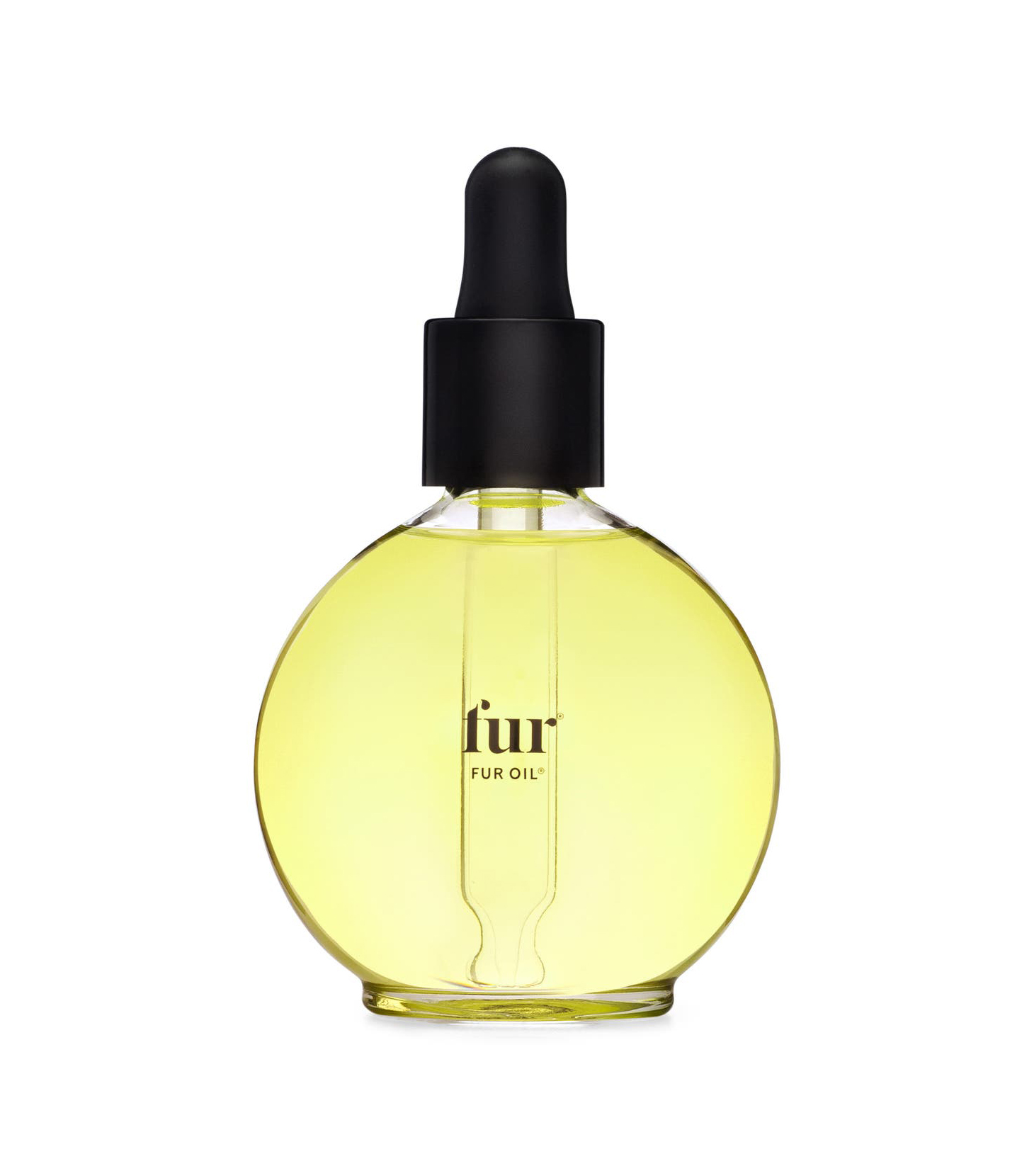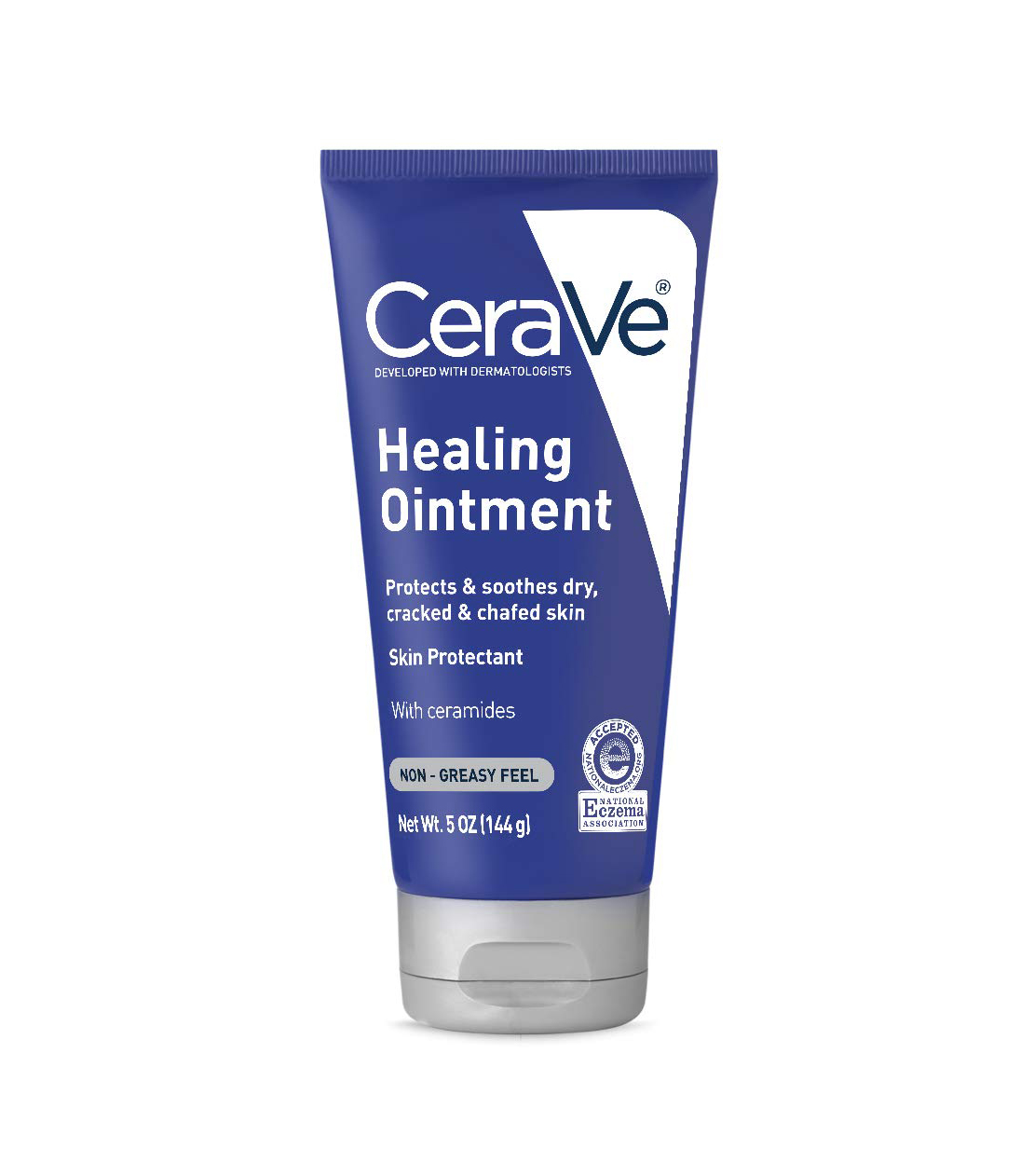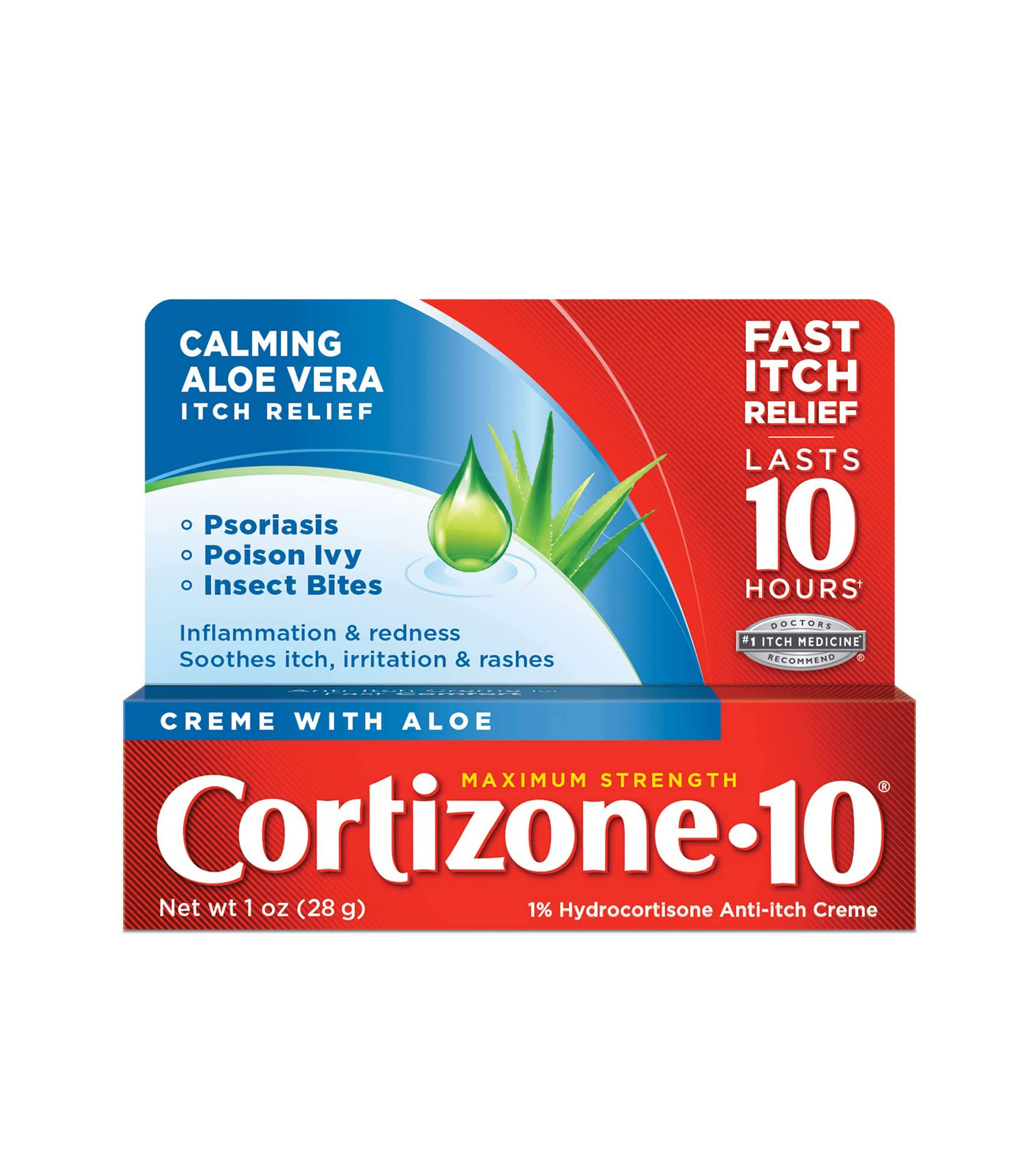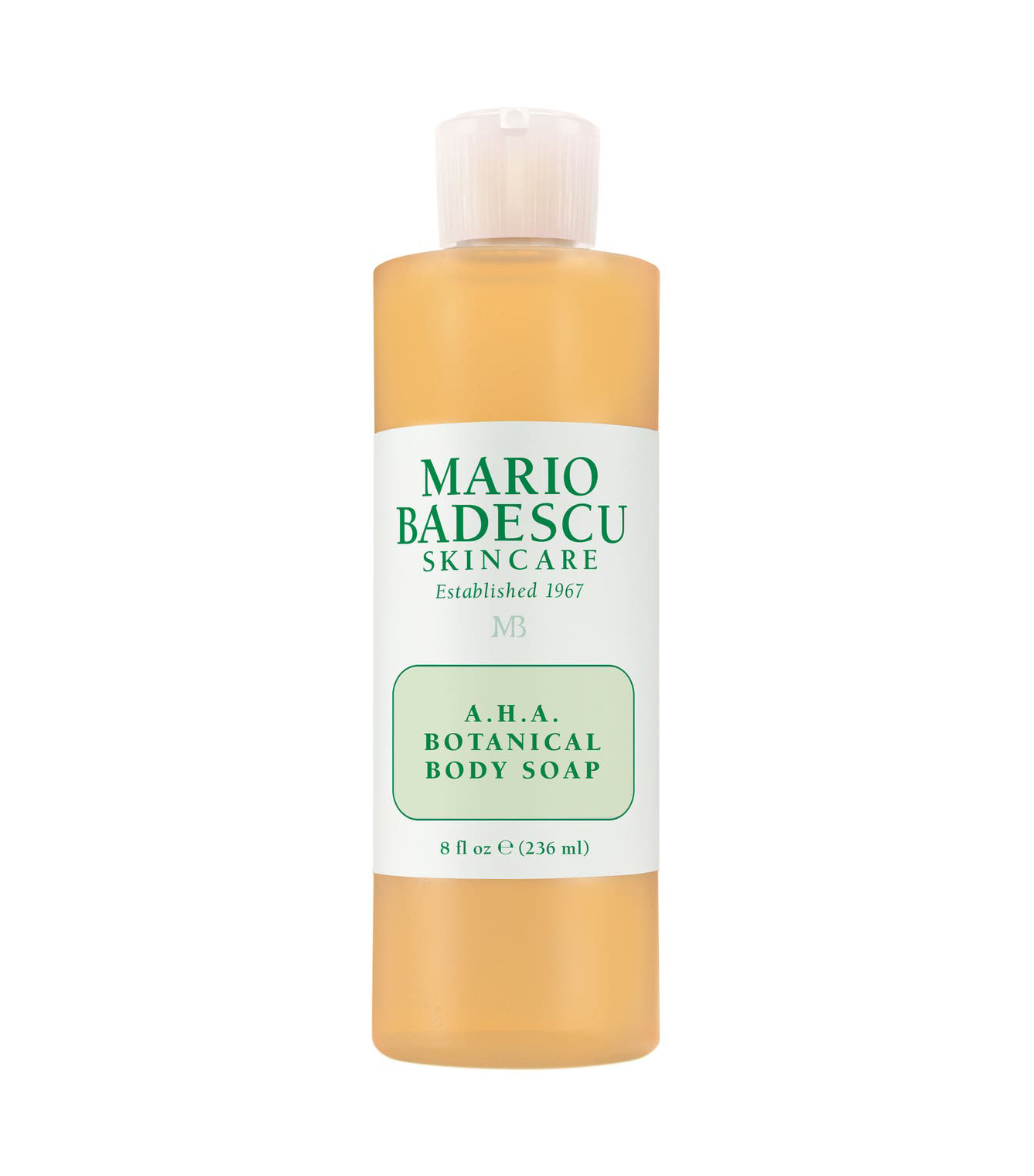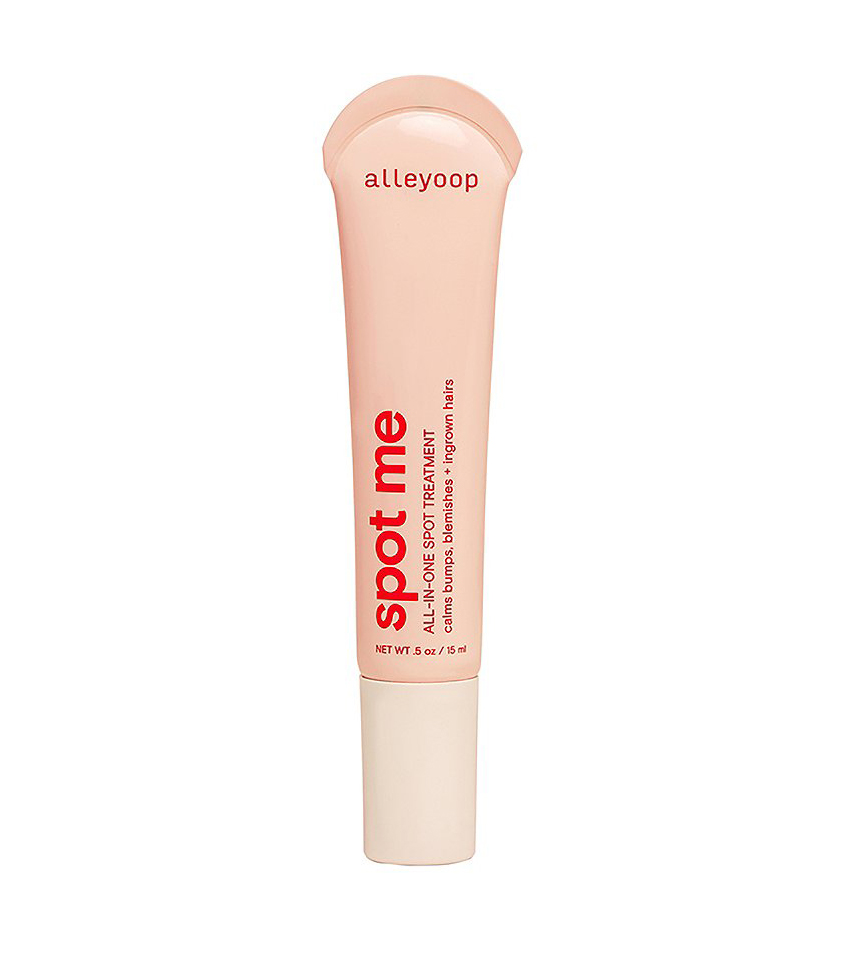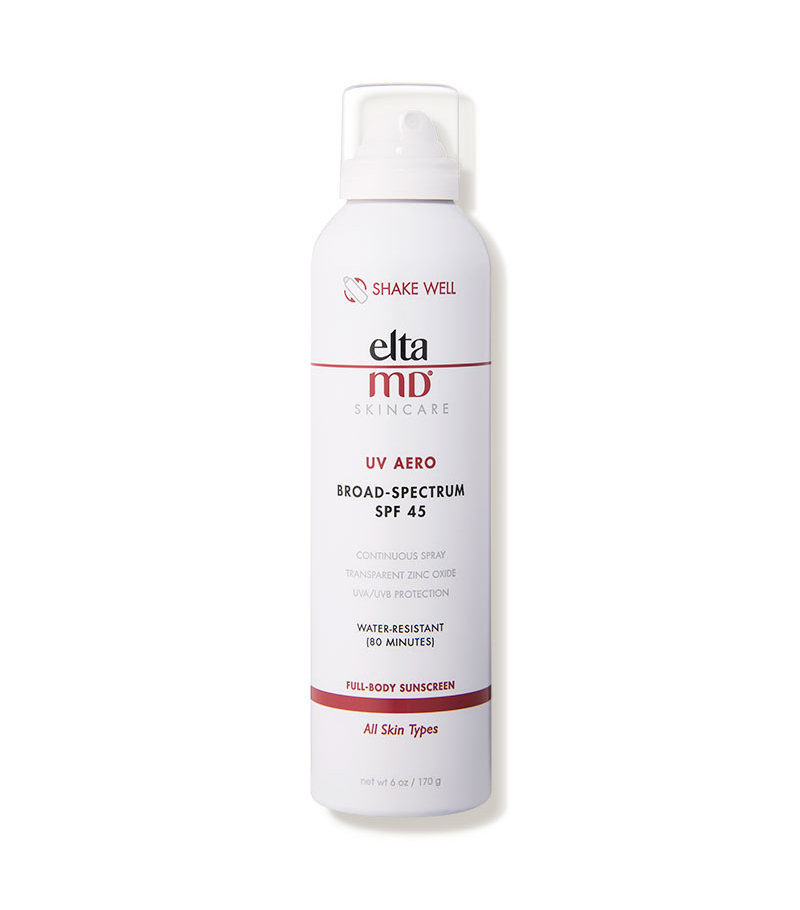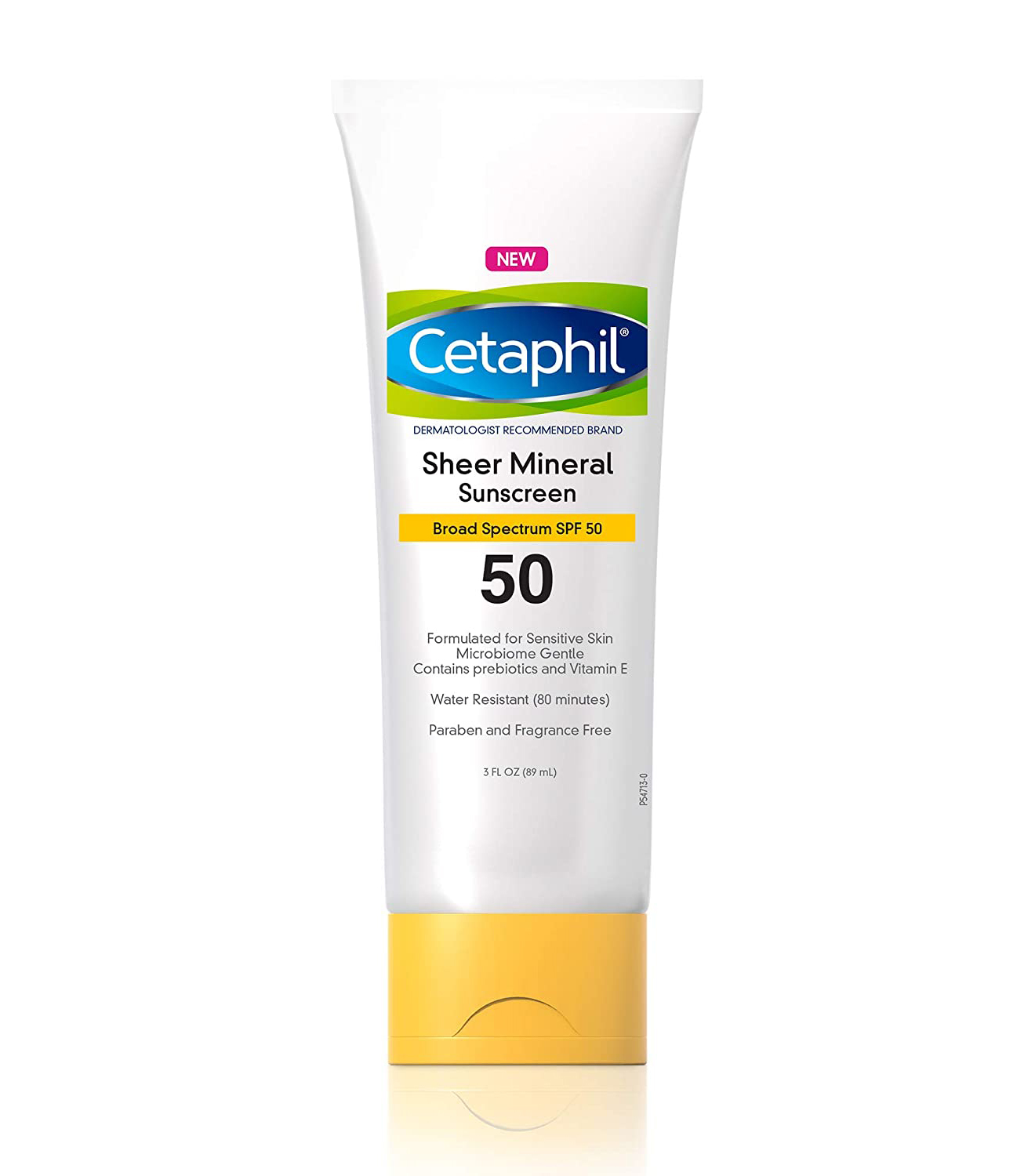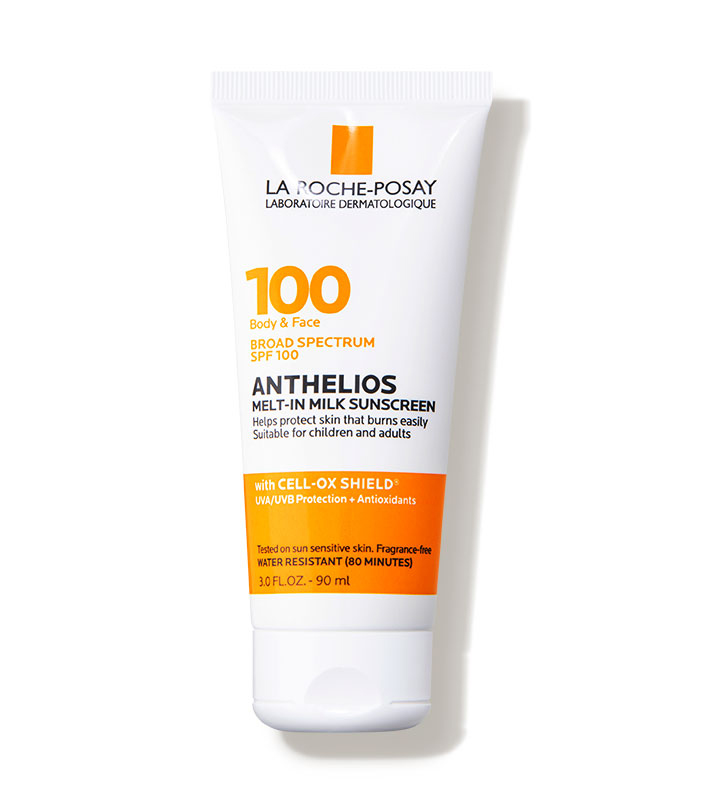The 2 Things You Should Never Do If You Wax (and 3 Things to Do Instead)
Waxing for many is a must for smooth skin, however, while waxing reveals silky smooth skin, that feeling may not last due to irritation and ingrown hairs. I know all too well what it's like to get waxed and have my skin become irritated with a bikini line full of ingrown hairs. For this reason, I have given up waxing and opt to shave. In my mind, if I am going to have skin irritation, I might as well avoid the pain of waxing if I can't figure out how to prevent ingrown hairs.
Now that I write about beauty for a living, I thought getting the details on how to care for skin post-wax could help us all learn a few things to put into practice before our next waxing experience to yield optimal results. Lucky for us, we have two well-versed experts—New York City based dermatologist Hadley King, MD, and dermatologist and Nair spokesperson Mona Gohara, MD—as our guides. Keep scrolling for everything I learned.
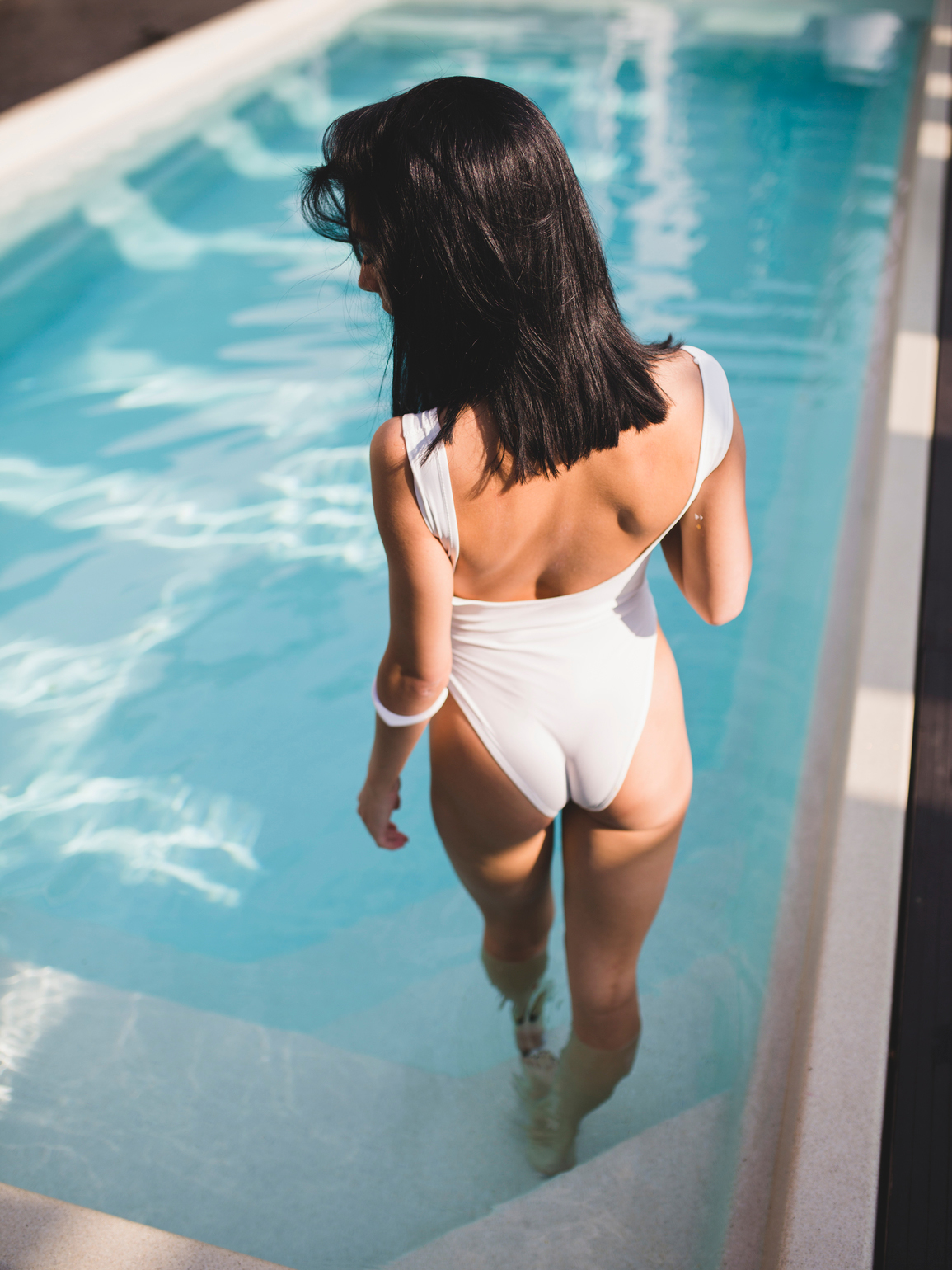
Do: Prepare for Your Appointment
Preparing for a wax might feel like an unnecessary extra step. But if you're prone to ingrown hairs or post-wax irritation, there are a few things you can do to help prep your skin. We know exfoliating has a wealth of benefits for our face. And, those same perks apply to the rest of our body as well.
"People don't realize that exfoliation pre-hair removal is such an important step," Gohara tells us. "[A] gentle exfoliation the day before with a dry brush will help to reduce inflammation or irritation." A gentle body scrub or body polish 24 to 48 hours before waxing is also a good idea. But remember that being gentle is the key.
Do: Wear Loose Clothing
We all have that pair of leggings that makes us feel our best, however, you'll want to swap those out for a loose pair of joggers or trousers. "Wearing loose-fitting clothing is definitely a safe bet following any waxing," advises Gohara. "This minimizes the likelihood of ingrown hairs, irritation, and bumps."
Do: Care for Your Skin Post-Appointment
How you care for your skin in the days following a wax is crucial. But, before we talk about aftercare, let's talk about why ingrown hairs crop up. "Ingrown hairs occur when a hair starts to grow, but instead of growing out above the skin, it grows back down into the skin instead," King explains. "Ingrowns are more likely to happen with hairs that are curly, and if there is skin covering where the hair is growing."
Ingrown hairs can't be totally eradicated, but consistent, weekly exfoliation can make a difference long term. Before exfoliating post-wax, King emphasizes the importance of letting the skin heal and applying emollient-rich products to the waxed areas first because waxing can disrupt our skin barrier. If you find your skin is irritated, she also recommends using over-the-counter hydrocortisone cream. Once your skin is looking and feeling like itself, it's time for a gentle scrub.
"Either [try] physical exfoliation with a gentle scrub or chemical exfoliation with a toner or cleanser containing glycolic or other alpha hydroxy acids," King advises. "This decreases the risk that skin will be covering where the hair is growing." If your experience with ingrown hairs is constant and painful, King has one more recommendation. "The most definitive solution is to get rid of the hair, either by laser hair removal or electrolysis," she tells us.
Don't: Skimp on the Suncreen
Protecting the skin from the sun is always a priority. We hope you're wearing your SPF. But Gohara shares that hair removal and exfoliation make skin more sensitive to the sun, so minimal sun exposure and drinking lots of water are nonnegotiables. "The most common place for melanoma in women is the calf," she shares. "So remember to always use an SPF on your legs." Noted.
Don't: Go Crazy With Pool Time and Sweaty Workouts
Taking a day or two to allow the skin to heal before swimming in pools (including hot tubs) or large bodies of water (oceans, lakes, and rivers) is advised to avoid bacteria-causing infections. Sex and heated workouts are also not recommended because sex can cause chaffing, and your favorite heated spin class (due to sweating) can create an optimal environment for bacteria in your workout clothes.
Next: The Hair Removal Method That Hurts Less Than Waxing (and It's Not Shaving)
